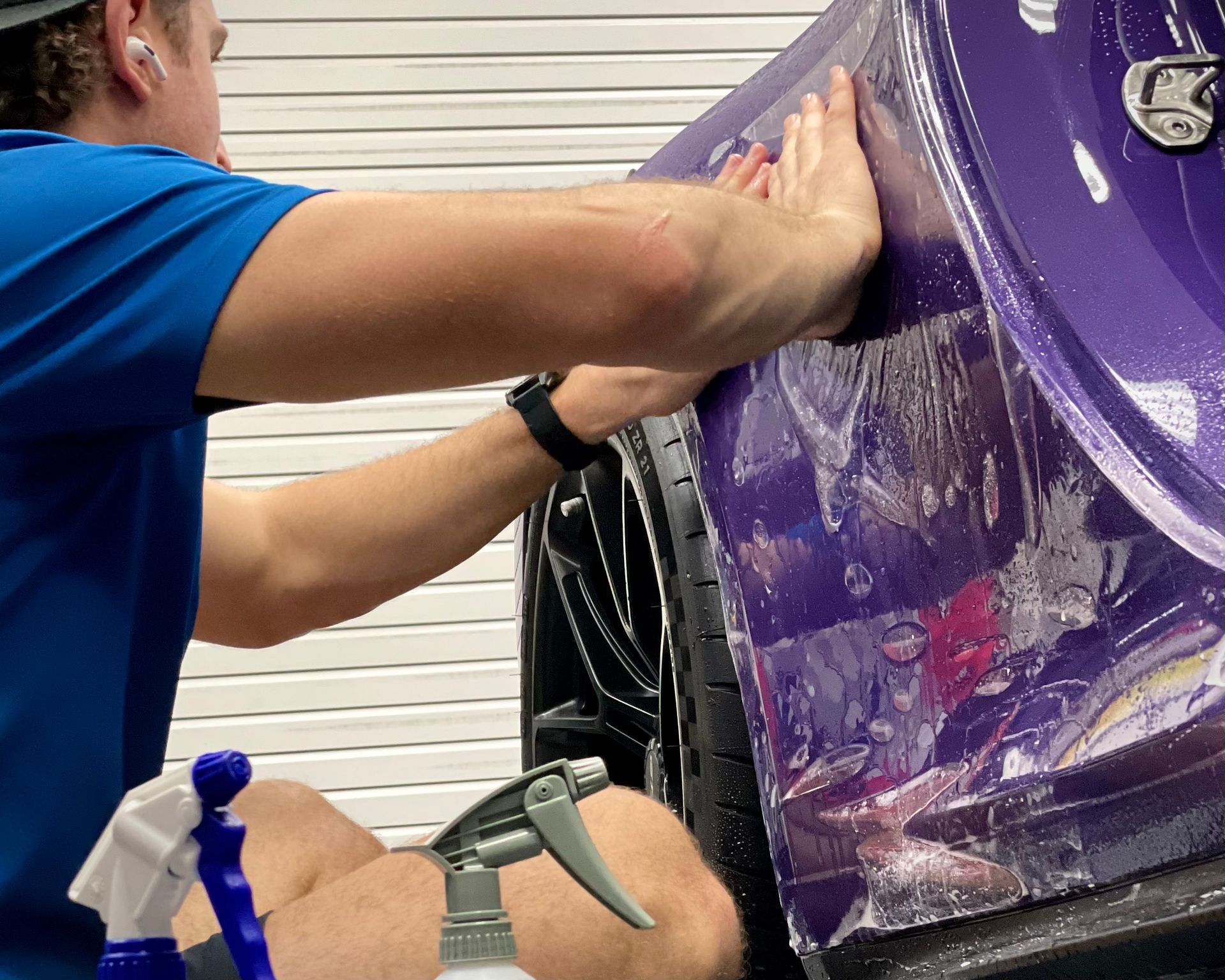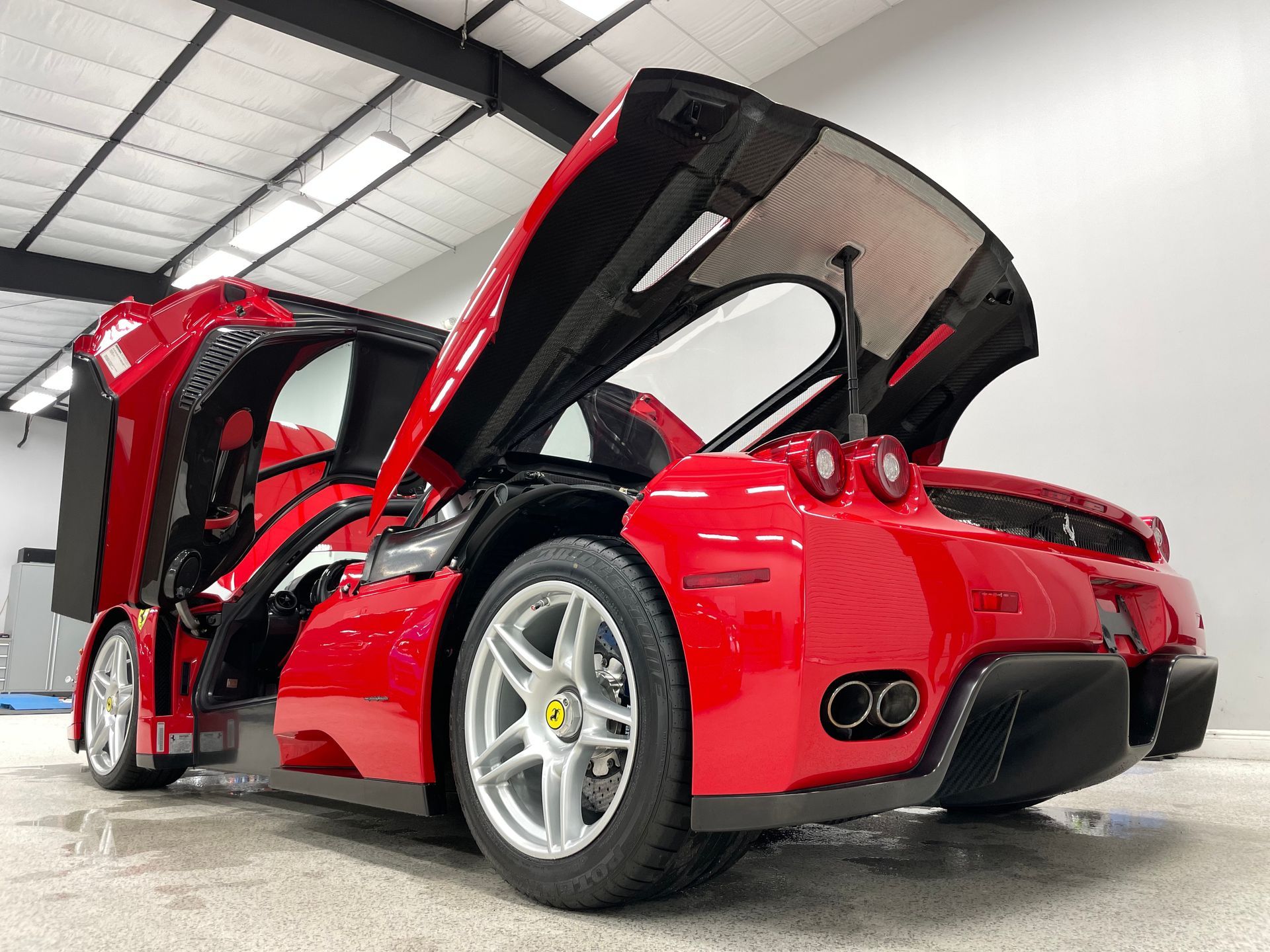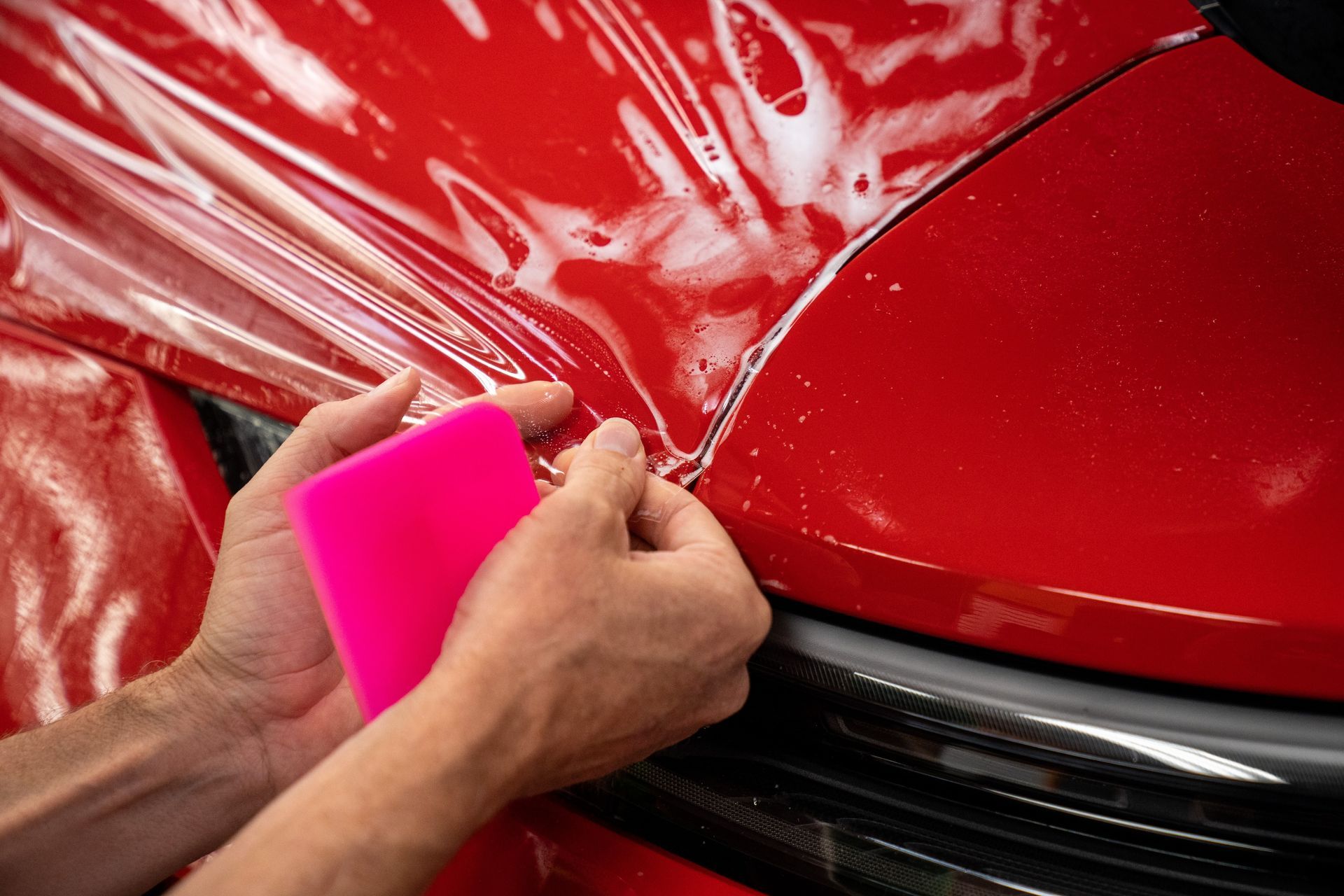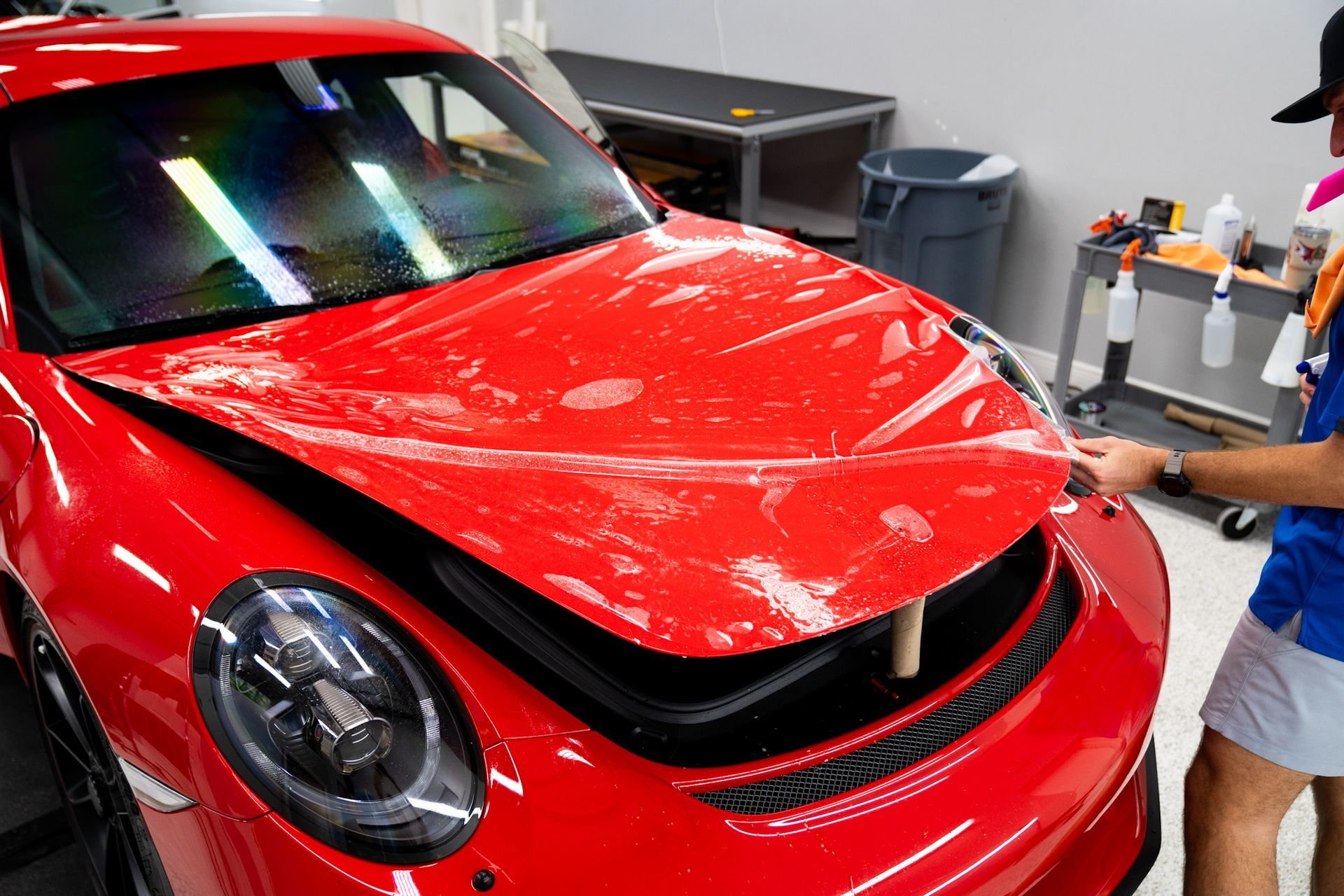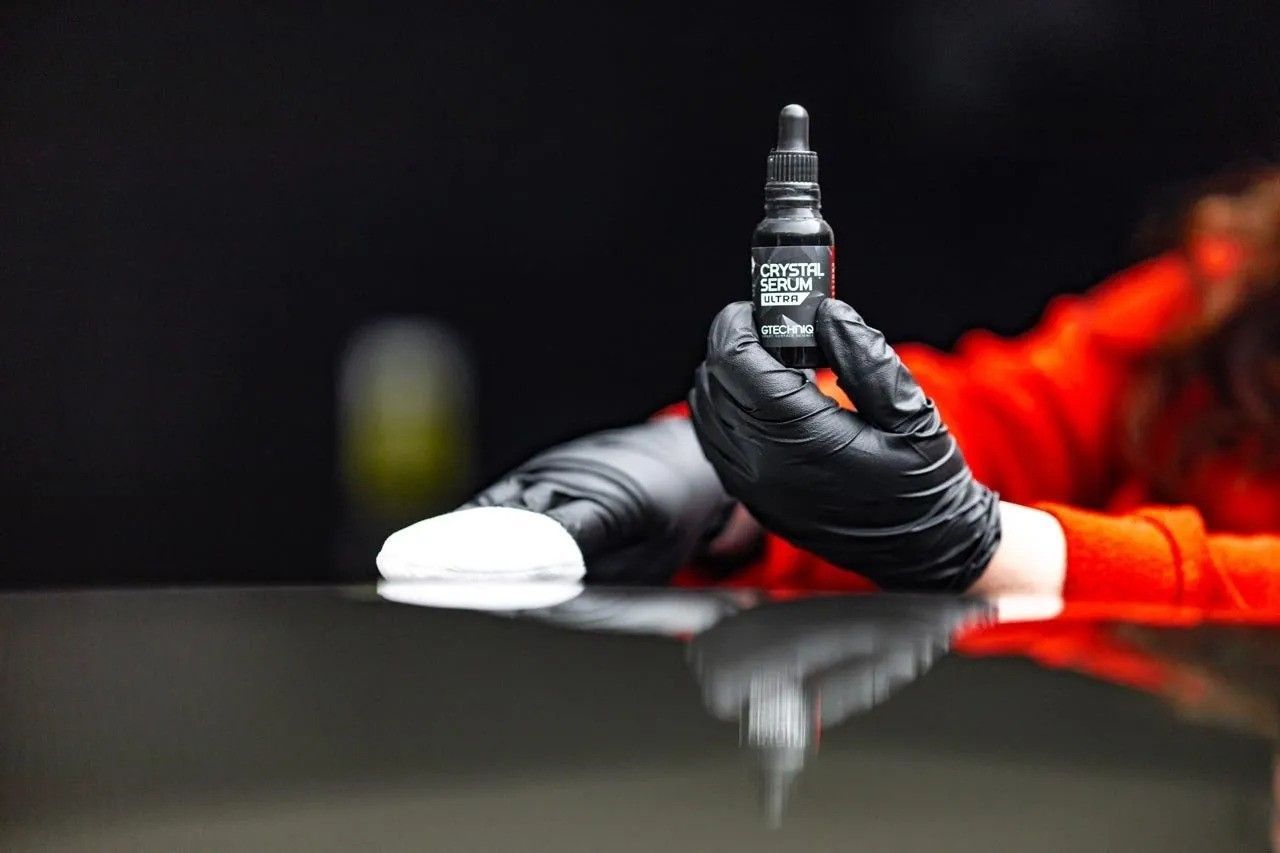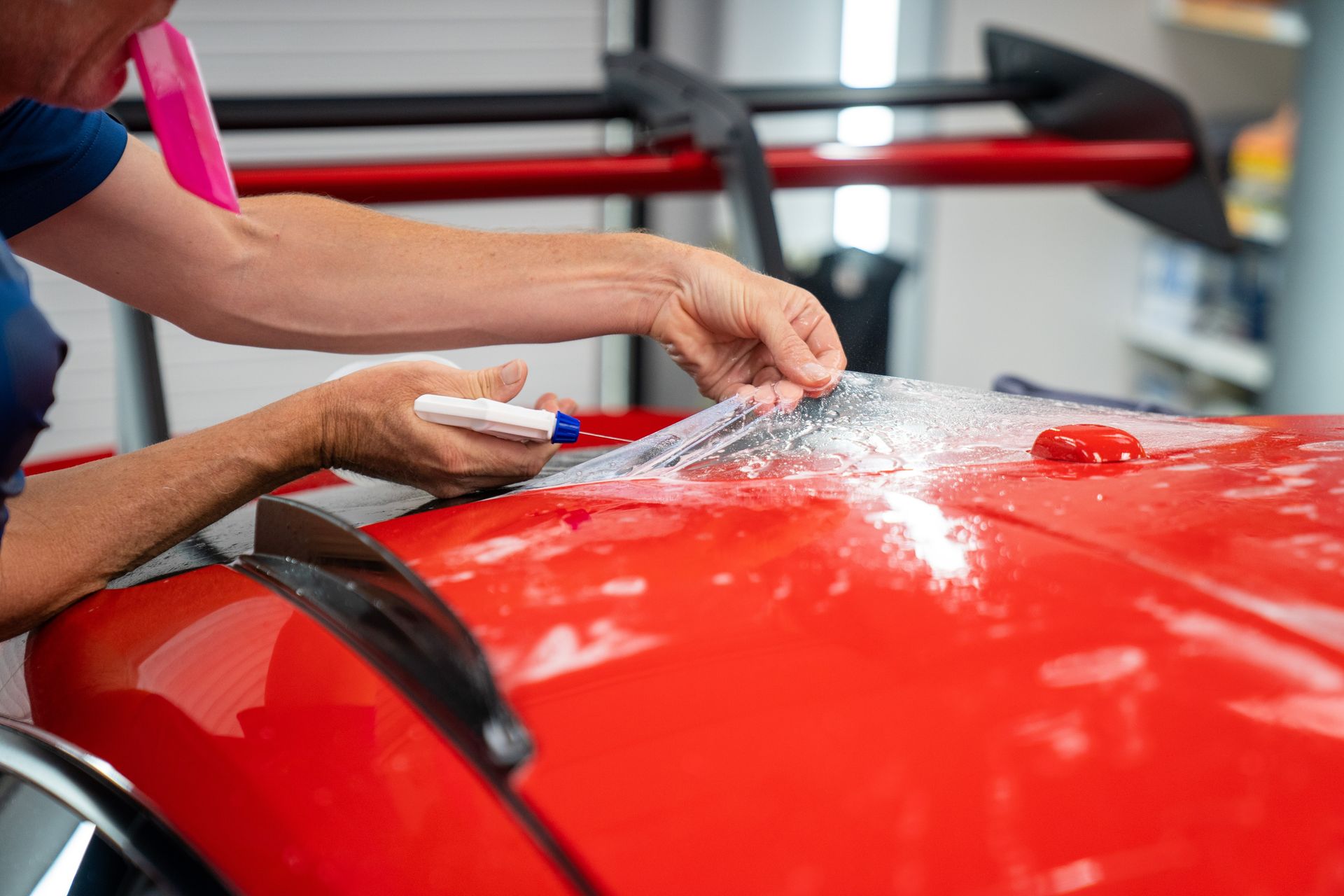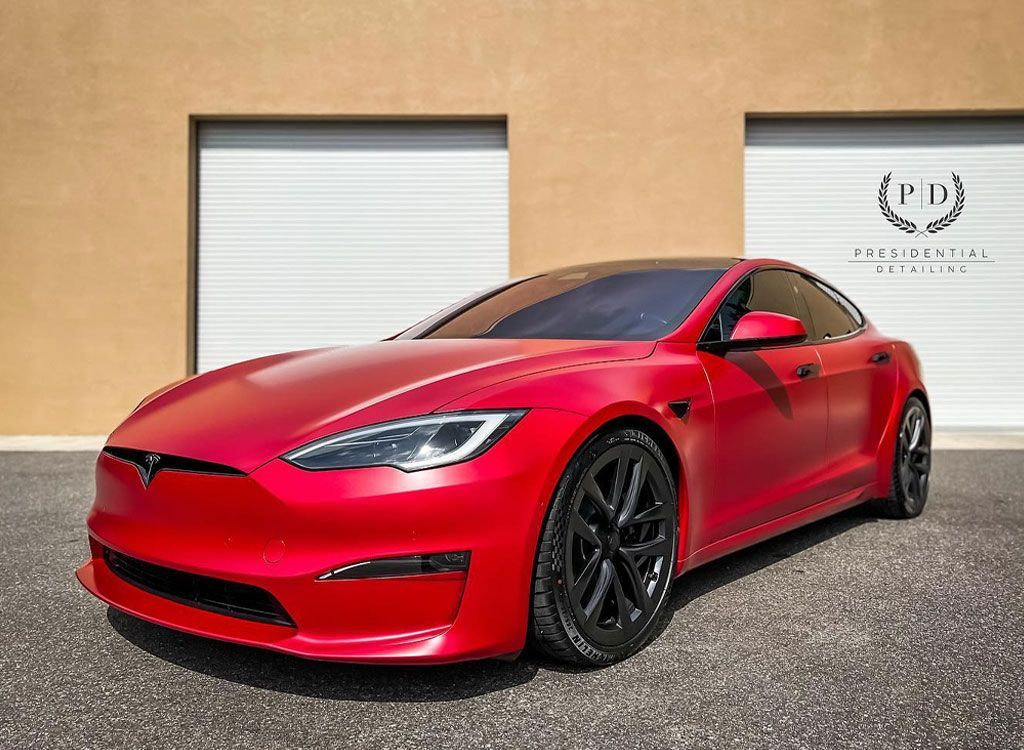Caring for Ceramic-Coated Surfaces: Essential Maintenance Tips for Long-Lasting Quality
CALL (813) 723-9679
GET A FREE ESTIMATETaking care of ceramic-coated surfaces needs patience and the right approach. Using improper techniques could easily cause damage, reducing their lifespan. A crucial first step is pre-cleaning your ceramic surface by rinsing off any loose dirt or grime. This simple action prevents the risk of scratches during the cleaning process, an aspect often overlooked.
The best maintenance tips for caring for ceramic-coated surfaces include using pH-neutral car wash shampoos, avoiding abrasive cleaners or harsh chemicals, and periodic application of a ceramic coating booster. Additionally, regularly inspecting the surface for any issues and using proper drying methods with a microfiber towel can help preserve the coating's quality and prolong its lifespan.
Essential Steps to Clean Ceramic-Coated Surfaces
When it comes to ceramic-coated surfaces, taking the right steps to clean them is key. These surfaces are known for their durability and protective properties, but they require specific care to maintain their integrity. Here are some essential steps you should follow:
Gentle Pre-Cleaning
Before diving into the washing process, it's important to give the coated surface a gentle pre-cleaning. This step involves using a hose to rinse off any loose dirt and debris. By doing so, you minimize the risk of scratching the delicate ceramic coating during the actual cleaning process. Just as you delicately brush off visible dust before polishing a precious item, this pre-cleaning step sets the foundation for a meticulous washing process that maintains the visual appeal and protective abilities of your ceramic coating.
pH-Neutral Car Wash
Once you've completed the pre-cleaning step, it's time to bring out the pH-neutral car wash shampoo. This specialized product not only ensures a gentle cleanse but also helps maintain the protective properties of the ceramic coating. Think of a pH-neutral car wash shampoo as a soothing treatment for your ceramic-coated surface. Just like using a mild, skin-friendly cleanser for your own body, this specialized shampoo nurtures your vehicle's protective layer without compromising its strength.
Two-Bucket Method
Implementing the two-bucket method is a smart move when it comes to cleaning ceramic-coated surfaces. This technique involves using one bucket for soapy water and another for rinsing your wash mitt or sponge. Think of this method as creating a sanctuary for your ceramic-coated vehicle within your cleaning setup. It's like giving your car its own spa experience—separate pools for cleansing and refreshing—ensuring that each part of your vehicle receives dedicated care without exposing it to harmful contaminants.
Microfiber Towel Drying
To wrap up the cleaning process, always opt for clean, soft microfiber towels for drying. This careful choice helps prevent water spots and avoids abrasive materials that could potentially harm the delicate ceramic coating. The goal is to maintain that pristine finish while preserving the protective qualities of the coating.
By following these essential steps, you're not only ensuring a thorough and effective cleaning process but also safeguarding the longevity and quality of your ceramic-coated surfaces.
Choosing the Right Maintenance Products
Ceramic-coated surfaces, whether it's your car, kitchen countertops, or any other application, deserve the best care to maintain their luster and protection. The key to effective maintenance lies in using the right products that are gentle on the ceramic coating while effectively cleaning and protecting it. When it comes to choosing maintenance products for ceramic coatings, three main types of products stand out: pH-neutral shampoos, ceramic coating boosters, and specific ceramic coating maintenance sprays.
- pH-Neutral Shampoos: Just like when you wash your hair with a pH-balanced shampoo, you should aim for a pH-neutral shampoo when washing your car or cleaning any other ceramic-coated surface. These shampoos are gentle enough not to damage the protective layer of the ceramic coating, yet effective at removing dirt and grime.
- Ceramic Coating Boosters: Over time, the protective layer of a ceramic coating can wear down due to exposure to environmental elements. A ceramic coating booster with a high concentration of SiO2 helps restore this protective layer after washing the car or cleaning other ceramic-coated surfaces. Look for boosters specifically designed for use with ceramic coatings for optimal results.
- Specific Ceramic Coating Maintenance Sprays: These sprays are designed to enhance the shine of the paint and ceramic coating and can be used after washing or as a quick touch-up. They provide an additional layer of protection and prolong the life of the ceramic coating.
The reason why it's crucial to avoid abrasive cleaners or harsh chemicals when maintaining ceramic-coated surfaces is because they can gradually degrade the protective layer, diminishing its ability to shield against environmental contaminants and UV rays. For instance, using a regular cleaner with acidic properties can slowly eat away at the protective layer of a ceramic coating, rendering it less effective over time. It's like rubbing sandpaper on your precious stone—it only damages it instead of preserving its beauty.
When searching for maintenance products for your ceramic-coated surfaces, always verify that they are explicitly formulated to be compatible with ceramic coatings. This ensures that you are using products that have been tested and approved for use on these delicate surfaces. By choosing pH-neutral products and specific maintenance sprays tailored for ceramic coatings, you can effectively maintain the integrity and protective qualities of your ceramic-coated surfaces, ensuring their long-lasting quality and stunning appearance.
The Importance of Non-Abrasive Cleaning Techniques
When caring for your ceramic-coated surface, the key lies in using non-abrasive cleaning methods. This might seem like a small detail, but it can make a big difference in how long your coating lasts and how good it looks over time. Abrasive cleaning tools like harsh brushes or rough towels can create tiny scratches on the surface, leading to a dull appearance and compromising the integrity of the coating.
Just as we use soft, gentle brushes on our skin to avoid irritation, we should treat our ceramic-coated surfaces with equal tenderness. Maintaining the condition of your coating by only using non-abrasive wash mitts or fresh microfiber towels can help prevent permanent damage from scratching or swirling. Think of your ceramic-coated surface as a delicate piece of artwork that needs to be handled with care. Using rough cleaning tools would be like dusting the masterpiece with sandpaper—it's just not the right way to preserve something precious.
Regular Inspections for Early Detection
In addition to using non-abrasive cleaning tools, having regular inspections by professionals is another important aspect of maintaining your ceramic-coated surfaces. By having professionals, like Presidential Automotive Detailing, inspect your coated surfaces regularly, potential issues can be identified early on. These experts are trained to recognize signs of wear and tear that might not be apparent to an untrained eye, potentially saving you from costly repairs down the line. Regular inspections by professionals can also help detect and address potential issues early.
By adopting these non-abrasive cleaning techniques and incorporating professional inspections into your maintenance routine, you're ensuring that your ceramic-coated surfaces remain in prime condition, preserving their beauty and integrity for years to come.
Protecting Your Ceramic Coating from Potential Damage
When it comes to safeguarding your ceramic coating, prevention is crucial. Automated car washes might seem convenient but they rely on harsh chemicals and detergents that can slowly deteriorate the protective coating over time. Opting for hand washing or using touchless car washes—free from abrasive brushes or harmful chemicals—is the best way to ensure the longevity and effectiveness of your ceramic coating while preserving its hydrophobic properties. It's essential to be vigilant about where you park your vehicle. Parking areas near industrial zones or under trees may expose your car to environmental pollutants and organic debris, which can settle on the surface and pose a risk to the protective coating. This gradual accumulation compromises the ceramic coating's ability to repel water and maintain its glossy appearance.
Regular maintenance plays a vital role in preventing these potential damaging factors from affecting your ceramic coating. While an initial application of ceramic coating provides a robust layer of protection, continuing with regular upkeep is essential to reinforce and extend the longevity of the coating. By adhering to a thorough maintenance routine, you can effectively counteract the detrimental impact of environmental pollutants and contaminants, preserving the visual appeal of your vehicle. In essence, protecting your ceramic coating involves making conscious choices about how you wash your car and where you park it. These simple steps can significantly contribute to maintaining the integrity and effectiveness of your ceramic coating, ensuring that it continues to provide lasting protection for your vehicle.
Selecting the Best Tools for Ceramic Coating Care
When it comes to caring for ceramic-coated surfaces, choosing the right tools is crucial to preventing damage and maintaining the protective properties of the coating. Let's start with the basics: soft washing mitts, clean microfiber towels, and a terry weave microfiber towel for drying. These tools are gentle on the delicate ceramic-coated surface and reduce the risk of scratches or water spots that can diminish its appearance over time. The choice of washing mitts and towels is more than just convenience; it directly impacts the condition and longevity of your ceramic coating. Soft washing mitts made from microfiber or other non-abrasive materials ensure that no harsh bristles or fibers come into contact with the surface, minimizing the risk of scratches.
- Microfiber towels: are known for their exceptional ability to trap dirt and moisture without leaving lint or streaks behind. They are designed to be gentle yet effective, making them an ideal choice for cleaning ceramic coatings without causing damage.
- Soft Washing Mitts: Provide a safe and gentle cleaning action to prevent scratches.
- Clean Microfiber Towels: Trap dirt and dust particles without leaving lint or streaks.
- Terry Weave Microfiber Towel: Designed for gentle and effective drying without water spots
Using the right tools ensures that you maintain the appearance and protective qualities of your ceramic coating, allowing it to perform as intended. In addition to car care stores, you can also find these items at online retailers specializing in automotive detailing products. It is important to ensure that these tools are clean and free from debris before use to avoid any accidental scratching of the ceramic-coated surface. Equipped with these reliable tools, you'll be ready to tackle regular maintenance tasks that will help preserve your ceramic coating for years to come.
Leading Ceramic Coating Services in Clearwater, FL
Discover the ultimate solution for long-lasting protection and unmatched shine with Presidential Automotive Detailing, the
leading provider of ceramic coating services in Clearwater, FL. Our dedicated team specializes in preserving the beauty of your vehicle's exterior with advanced ceramic coating technology and meticulous craftsmanship. Say goodbye to frequent waxing and polishing; our ceramic coating offers unparalleled durability and resistance to stains, UV damage, and other environmental contaminants. Don't settle for ordinary protection when you can experience the extraordinary with Presidential Automotive Detailing. Schedule your ceramic coating service today or call us at
(813) 723-9679 and ensure your vehicle stands out on the road with a lasting, brilliant shine!



